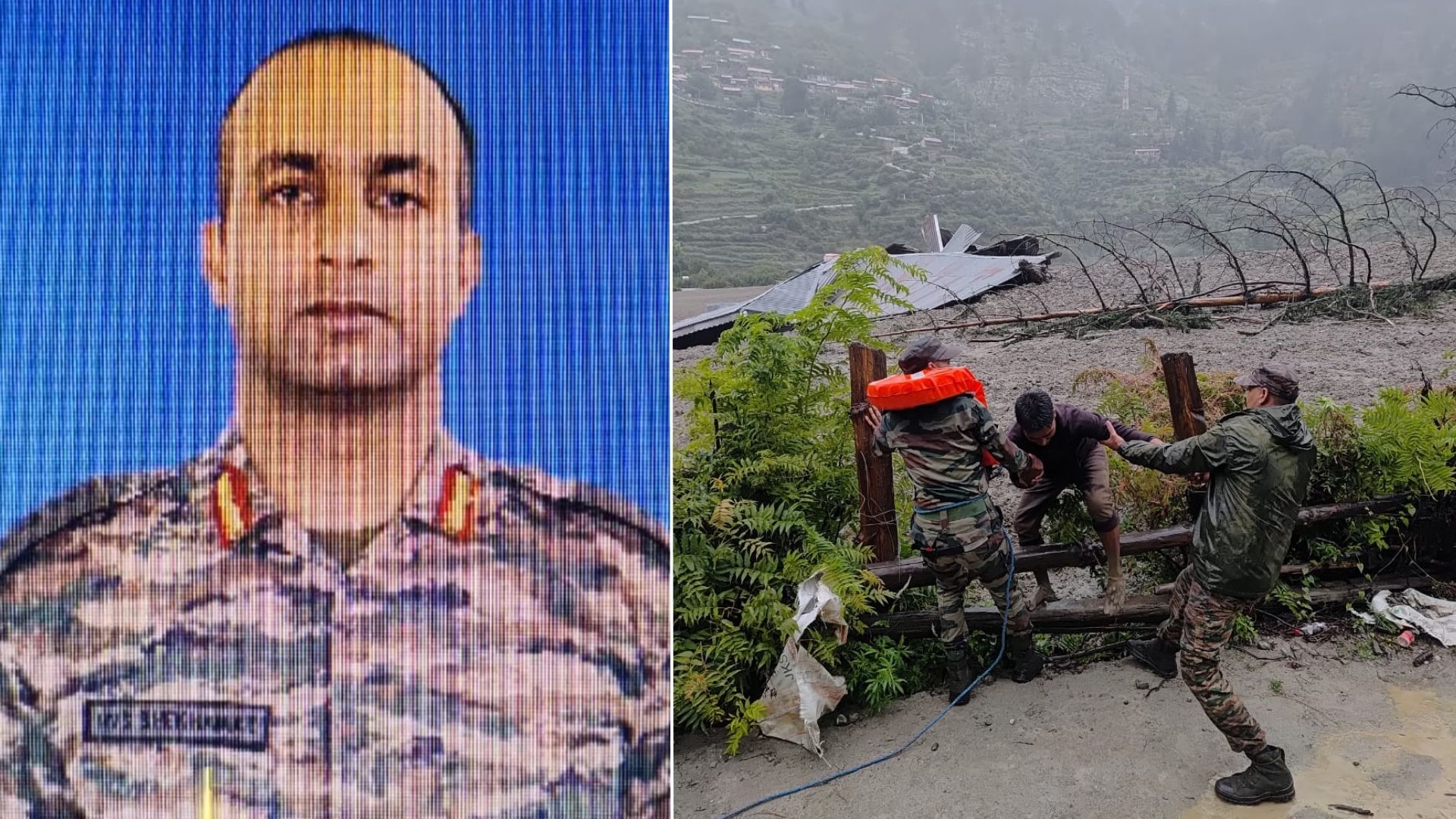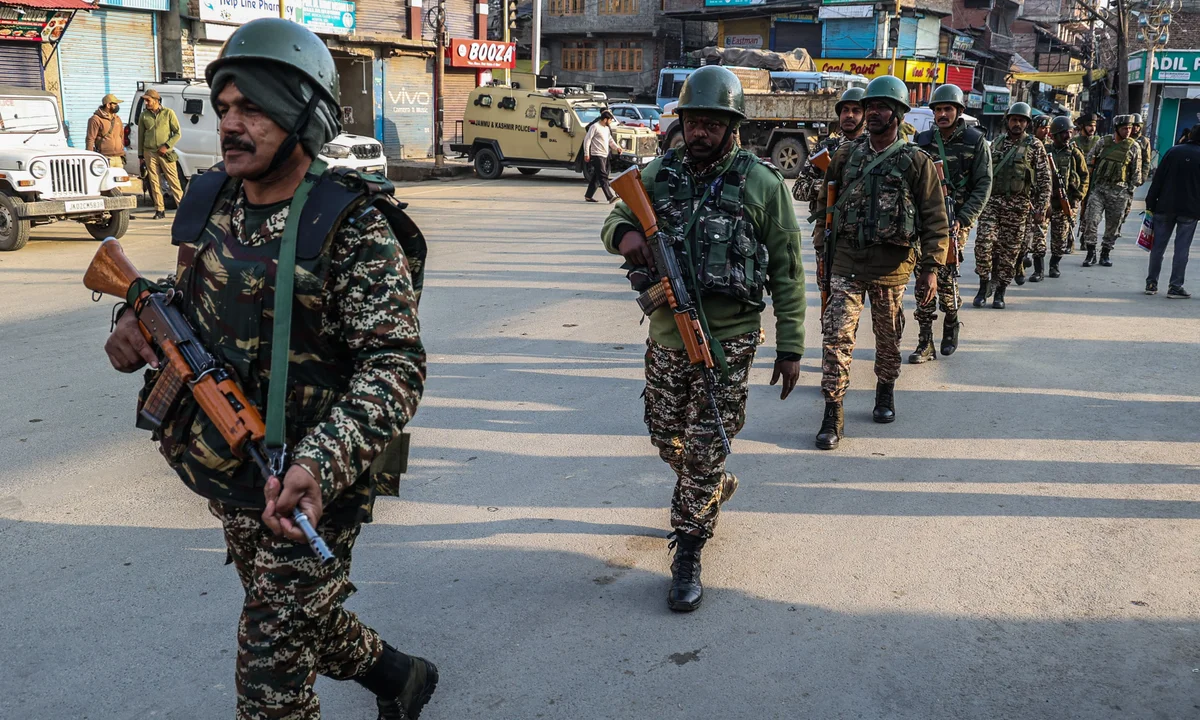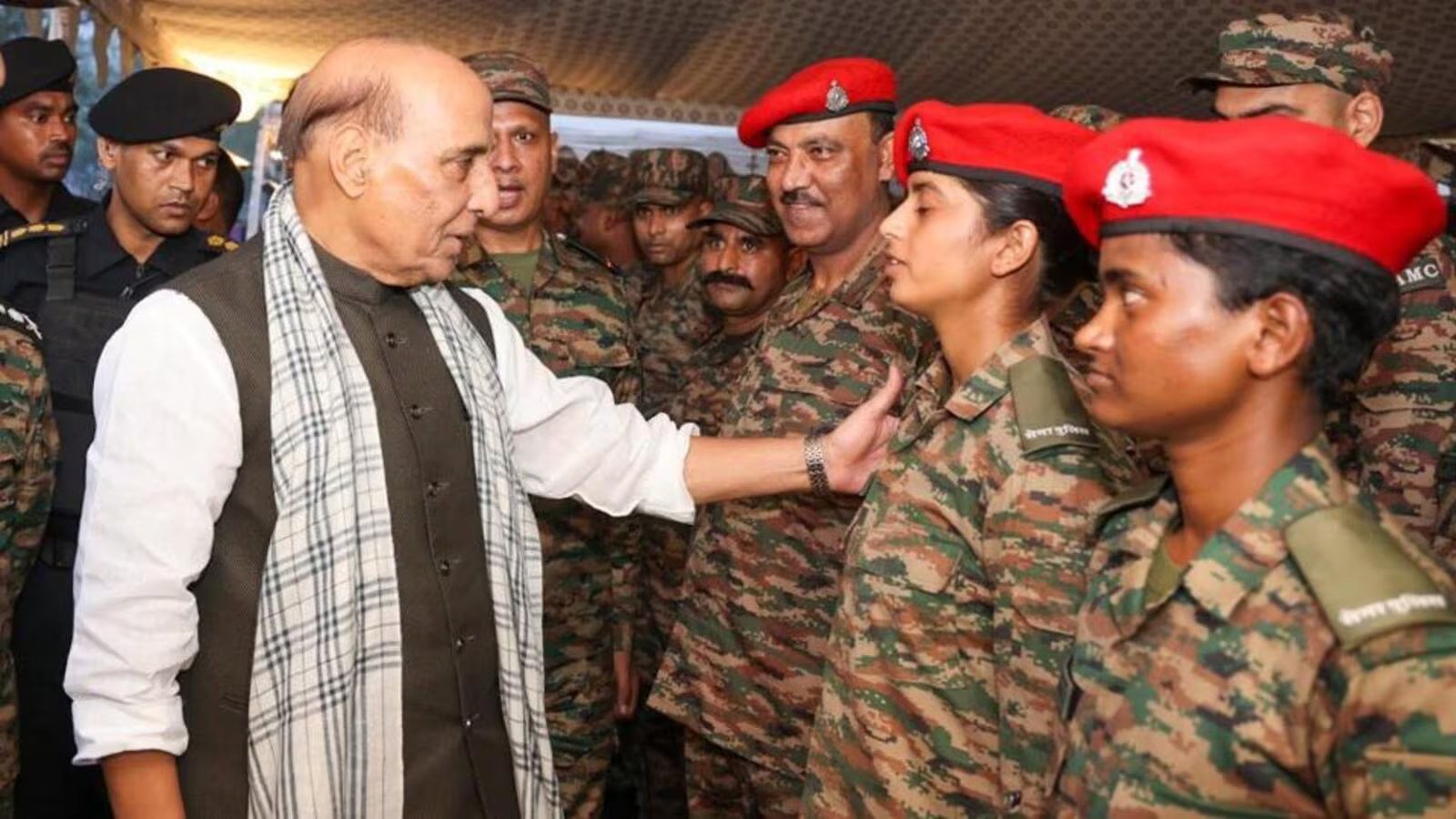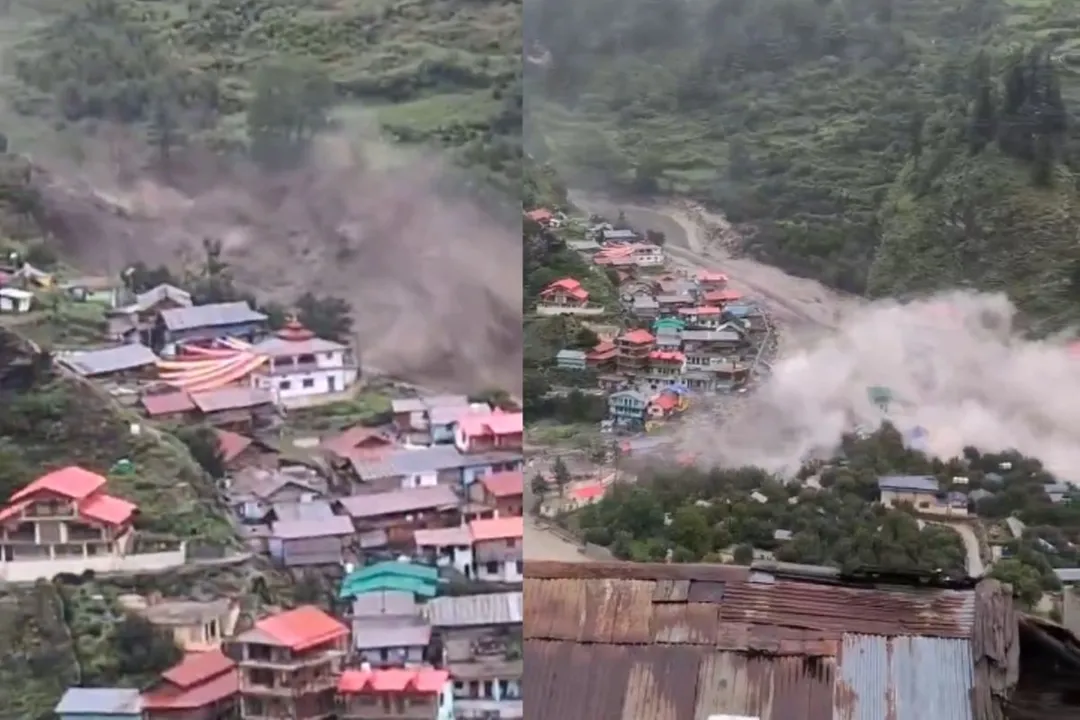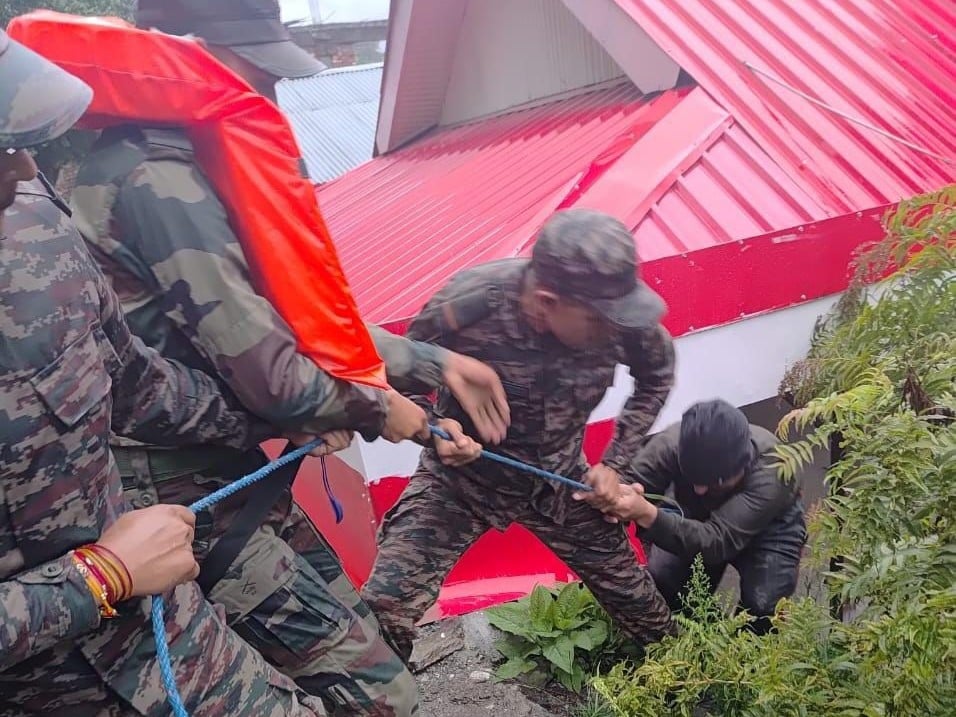Colonel Harshvardhan Leads Massive Rescue Operation in Uttarakhand Amid Devastating Mudslides
In a swift and determined response to a catastrophic mudslide triggered by a cloudburst, the Indian Army has launched a…
Meet Revathi Ganesan: The Chennai Woman Who Sends Thousands of Handmade Rakhis to the Indian Army Every Year
In a small Chennai home filled with colours of Thanjavur art, 70-year-old Revathi Ganesan is busy with another creative mission…
Indian Army Denies Reports of Ceasefire Violation Along LoC
The Indian Army has officially denied reports claiming a ceasefire violation by Pakistani troops along the Line of Control (LoC)…
DAC Approves ₹67,000 Crore Defence Proposals to Boost Armed Forces’ Operational Capability
The Defence Acquisition Council (DAC), chaired by Defence Minister Rajnath Singh, on Tuesday cleared procurement and upgrade proposals worth approximately…
Uttarkashi Cloudburst Leaves 8–10 Indian Army Soldiers Missing, Dozens Feared Trapped
A sudden cloudburst over Dharali on Tuesday unleashed torrents of water, rocks, and debris through the narrow Himalayan valley, sweeping…
Flash Flood Hits Dharali Village in Uttarakhand, Army Rescues Civilians
A sudden flash flood struck Dharali village, situated just 4 km from the Harshil Army Camp, on Tuesday afternoon, triggering…

